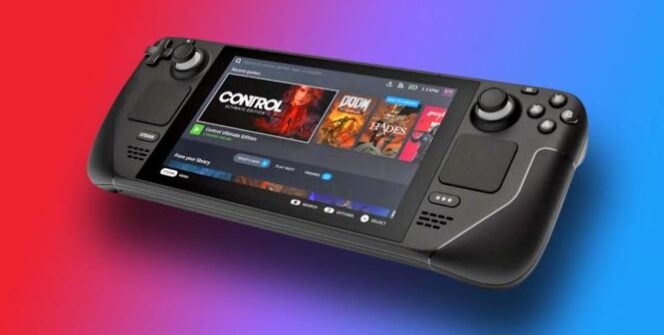Valve wants a significant hardware upgrade, but in return, your device’s technology will be obsolete compared to other handheld PCs.
The Steam Deck was successful because, although it had some console elements, it was still a PC with all its advantages and disadvantages. However, in the case of PCs, it can be said that new components (processors, graphics cards…) come pretty quickly so that the technology can soon become relatively obsolete (which is still capable of fair performance because you don’t have to replace the CPU, GPU every year…). So, in the case of the Steam Deck, one would expect Valve to keep up with new technology. Still, there hasn’t been a significant update since its release last year, so the APU (processor and graphics chip on the same SoC), memory, and storage haven’t undergone a tune-up. Pierre-Loup Griffais, one of the designers of Steam Deck, said in an interview with The Verge that the goal is to give all Steam Deck owners the same performance and that new hardware can only be considered if it achieves a significant performance improvement.
“It’s important to us that the Deck offers a fixed performance target for developers and that the message to customers is simple, where every Deck can play the same games. As such, changing the performance level is not something we take lightly, and we only want to do so when there is a significant enough increase [in power]. We also don’t want more performance at a significant cost to power efficiency and battery life. I don’t anticipate such a leap being possible in the next few years. However, we’re still closely monitoring innovations in architectures and fabrication processes to see where things are going there,” Griffais said.
The problem is that Asus’ ROG Ally, Lenovo’s Legion Go, and Ayaneo’s handheld PCs are all coming to market with more powerful, modern hardware. At the same time, Steam Deck has already had problems running AAA games this year. This situation won’t improve until 2025, 2026…
Source: WCCFTech
















Leave a Reply